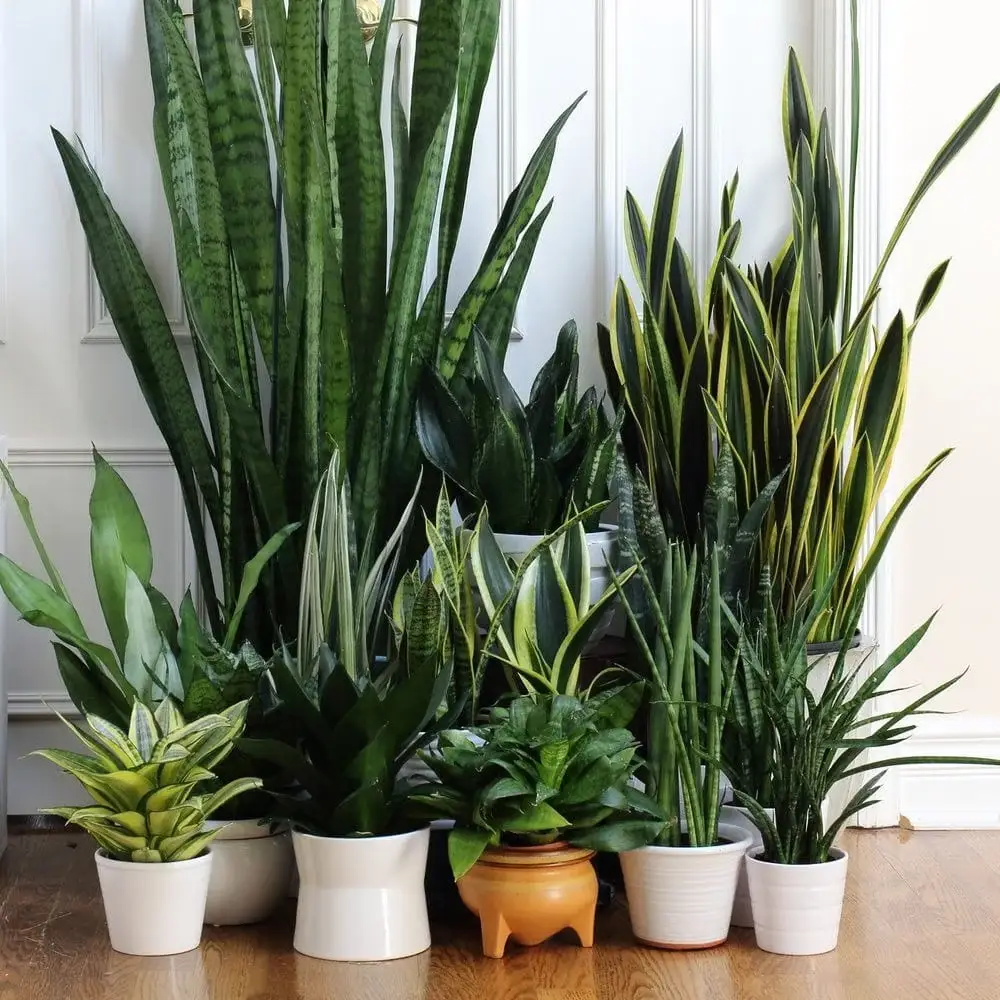In an age where urban skies are often smeared with the grey of pollution, the air we breathe has become a silent carrier of invisible threats. The World Health Organization has flagged air pollution as a major environmental risk to health, contributing to respiratory diseases, heart conditions, and even affecting mental health. But there’s a natural ally in the fight for cleaner air, and it’s rooted in the comfort of our own homes—plants.
The Green Guardians of Your Indoor Realm
Plants aren’t just aesthetic additions to home decor; they’re the lungs of the earth, natural air filters that work tirelessly to scrub the air clean. Introducing certain types of plants into your living space can be a simple yet effective way to purify the air. Here are five plants that have shown particular promise in reducing indoor pollution:
1. Snake Plant (Sansevieria)
Don’t let the name fool you—the Snake Plant is a friend, not a foe. Known for its hardy nature and striking tall, green leaves, this plant is a powerhouse when it comes to filtering the air. It absorbs carbon dioxide and releases oxygen during the night (unlike most plants), making it an excellent choice for bedrooms. It also filters out formaldehyde, which can be found in personal care products and cleaning agents.
2. Spider Plant (Chlorophytum comosum)
With its arching leaves and baby plantlets, the Spider Plant is as interesting to look at as it is beneficial for your indoor air quality. This resilient plant battles benzene, formaldehyde, carbon monoxide, and xylene, a solvent used in the leather, rubber, and printing industries. Spider Plants are incredibly easy to grow and maintain, making them perfect for those who lack a green thumb.
3. Peace Lily (Spathiphyllum)
The Peace Lily, with its serene white blooms, not only adds a touch of elegance to your space but also works hard to remove airborne toxins. This includes ammonia, benzene, formaldehyde, and trichloroethylene. Peace Lilies are shade-loving and low-maintenance, which means they don’t require much light to thrive—ideal for homes with limited natural light.
4. Aloe Vera (Aloe barbadensis miller)
Aloe Vera is well-known for its healing gel, but it’s also an effective air purifier. This sun-loving succulent helps clear formaldehyde and benzene, which can be a byproduct of chemical-based cleaners and paints. As an added bonus, the gel inside the leaves can be used to soothe cuts and burns.
5. Bamboo Palm (Chamaedorea seifrizii)
If you’re looking for a touch of the tropics, the Bamboo Palm is your plant. This palm thrives in shaded indoor spaces and adds moisture to the air, which can be particularly beneficial in drier climates or seasons. It’s adept at filtering out benzene, trichloroethylene, and formaldehyde, bringing a breath of fresh air to your home.
A Leafy Approach to Healthier Indoor Air
Incorporating these plants into your home can contribute to a more detoxified environment. However, it’s important to remember that plants complement but do not replace the need for other air-purifying measures. Regular ventilation, avoiding smoking indoors, and minimizing the use of volatile chemicals are all critical steps in ensuring the air in your home remains clean.
While we may not have control over the entirety of the air that surrounds us, especially outdoors, we can cultivate cleaner air where we spend much of our time—our homes. These five plants offer a green solution to the grey problem of air pollution, acting as natural filters to help us breathe easier and live healthier. As we tend to their leaves and nurture their roots, they reciprocate with a breath of life, offering a silent but steadfast defense against the invisible dangers of polluted air.
